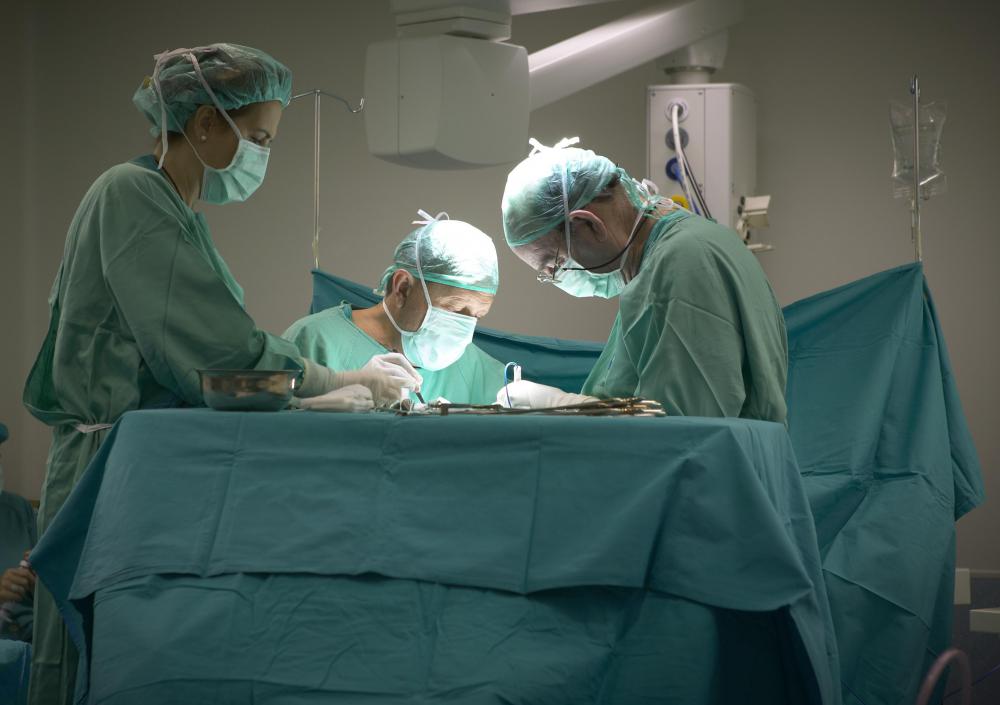At WiseGEEK, we're committed to delivering accurate, trustworthy information. Our expert-authored content is rigorously fact-checked and sourced from credible authorities. Discover how we uphold the highest standards in providing you with reliable knowledge.
Are Liposarcomas Common?
Liposarcomas are an accumulation of soft tissues that can develop anywhere in the body. They are a form of tumor, often called low-grade malignant. This means they can recur after removal, but do not often metastasize to other organs. Those that do metastasize, however, are difficult to treat, and survival rate after the development of a high metastatic tumor or poorly differentiated liposarcoma is about 40% at five years.
Occurrence of liposarcomas is most frequent in people who are between 50-70 years old. Men are slightly more affected than women. Most often, they are found in the thighs, kidneys, bladder, colon, duodenum, pancreas, and occasionally in the chest. They can, however, occur in any part of the body, and are usually buried deep in the tissue.

Emerging liposarcomas usually do not cause pain. Most are an average size of 0.75 inch to nearly 4 inches (2-10 cm) across. Larger tumors, especially growing in the organs may cause pain or impair function of the organs. Some tumors of exceptional size have been noted, but this is relatively uncommon.
Though liposarcomas are the most common of sarcoma tumors, they only occur in about 1,250 people per year in the United States. Sarcomas occur in about 5,000 people per year in the US. Children are the least effected by these tumors, accounting for only 5% of cases. So while liposarcomas are common types of sarcomas, they are still an uncommon occurrence.

Internationally, there is about one case per half million people. So the chances of getting a liposarcoma are about 0.0002%. Even though uncommon, they can still be devastating, particularly in high metastatic form. Removal of large tumors may be impossible when they are intertwined through the organs.
However, those liposarcomas that are removable — the type that is least metastatic and are clearly differentiated — result in a relatively high survival rate after surgical removal. Almost 100% of people with the well-differentiated type are still alive 5 years after removal of the tumor. Myoxid liposarcomas have an 88% survival rate at five years. Poorly differentiated liposarcomas, are however, indicated in relatively high death rates.
AS FEATURED ON:
AS FEATURED ON:

















Discussion Comments
I had a lipoma removed five years ago by a plastic surgeon, and it was benign. One grew back and removed by the same surgeon, but was now a malignant liposarcoma. It was upper medial back well differentiated. He thinks the pathologist read it wrong the first time.
Now I have to go have cells removed and another possible mass with an oncology surgeon in a month, he said I won't like how it will look when he gets done. I will get a plastic surgeon to help sew back up. Then I will get radiation treatment for six weeks and I'm scared. Any suggestions.
Post your comments